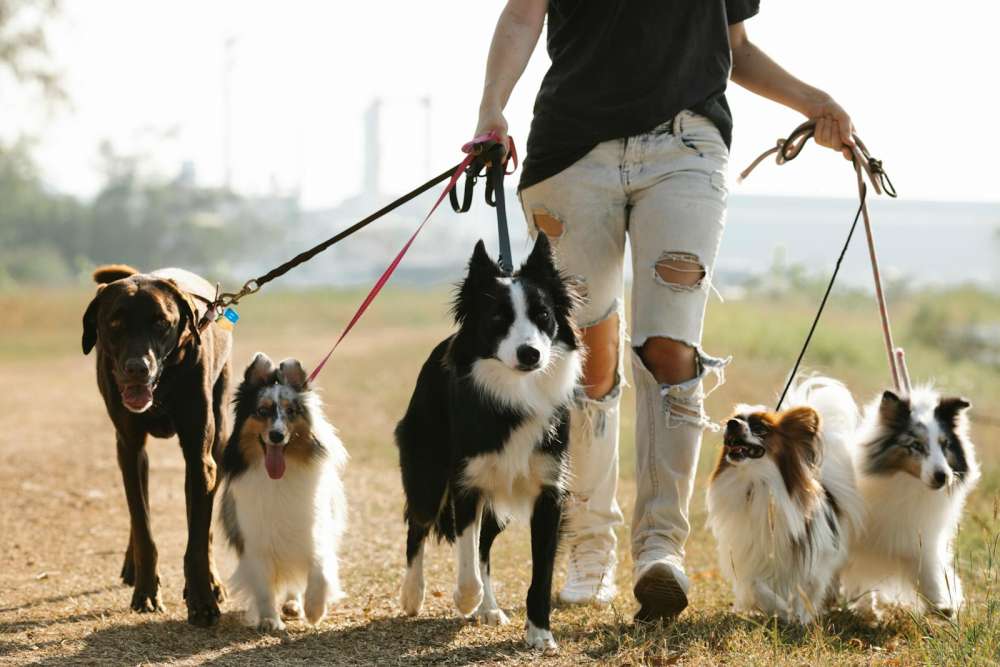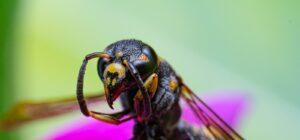Class: Primary 2
Term: 2nd Term
Week: 6
Age: 6 years
Period:
Duration: 40 minutes
Date:
Subject: Basic Science And Technology
Curriculum Theme: Basic Science
Topic: Animal Identification
Content: Features, Behavior
Specific Objectives:
By the end of the lesson, pupils should be able to:
- Identify common animals around their neighborhood.
- Describe the features and behaviors of these animals.
Reference Materials:
- 9 – Years Basic Education Curriculum
- Abuja Educational Resource Centre Scheme of work
- NAPPS National Unified Scheme of Work
- Course Book
- Online Information
- Textbooks (List your relevant textbook here)
Instructional Materials:
- Pictures of common animals
- Chart or board for drawing
- Markers or chalk
- Notebooks and pencils
Rationale for the Lesson:
Understanding how to identify and describe animals is essential for appreciating the biodiversity around us. It promotes observation skills and an understanding of the natural world.
Prerequisite/Previous Knowledge:
Students should have basic knowledge of common animals and their general characteristics.
INSTRUCTIONAL PROCEDURES:
Content Development: Animal Identification
| Content | Time | Teaching Method | Teacher’s Point/Activities | Pupils’ Activities |
|---|---|---|---|---|
| Introduction | 5 mins | Introduce the topic | Introduce the topic and explain its importance. | Respond to questions. Listen attentively. |
| Identifying Animals | 10 mins | Discussion | Show pictures of common animals. Discuss and identify animals found in their locality. | Identify and name animals. Discuss features and behaviors. |
| Drawing Features/Behaviors | 10 mins | Demonstration | Demonstrate drawing features/behaviors of an animal on the board or chart. Emphasize details. | Attempt to draw features/behaviors of an animal. |
| Group Activity | 5 mins | Group Work | Divide pupils into groups. Provide pictures of different animals. Have them discuss and draw features/behaviors. | Work collaboratively in groups. |
| Note Taking | 2 mins | Writing | Provide brief notes summarizing key points of the lesson. | Copy the notes into their notebooks. |
| Evaluation | 3 mins | Question and Answer | Ask questions about identified animals, their features, and behaviors. | Respond to questions individually. |
| Conclusion | 5 mins | Recap and Discussion | Summarize the lesson. Emphasize the importance of observing and understanding animals. | Share what they’ve learned. |
Note to Pupils:
Animal Identification
- Cat:
- Features: Soft fur, sharp claws, whiskers, pointed ears.
- Behaviors: Purring, scratching, hunting for mice.
2. Dog:
- Features: Fur (varies), wagging tail, floppy or pointed ears.
- Behaviors: Barking, wagging tail when happy, loyalty to humans.
3. Butterfly:
- Features: Colorful wings, antenna, delicate body.
- Behaviors: Fluttering from flower to flower, sipping nectar.
4. Elephant:
- Features: Large ears, long trunk, tusks (in some species).
- Behaviors: Trumpeting, using the trunk for grasping objects, living in herds.
5. Fish:
- Features: Scales, fins, gills for breathing underwater.
- Behaviors: Swimming, gill movement for breathing, living in schools (for some species).
Evaluation:
- Name three animals you can find in your neighborhood.
- Describe the features of one of the animals mentioned.
- Why is it important to observe and understand animals?
Note to Teachers:
Customize the lesson content, teaching methods, and pupil activities to suit your teaching style, curriculum, and available resources.






